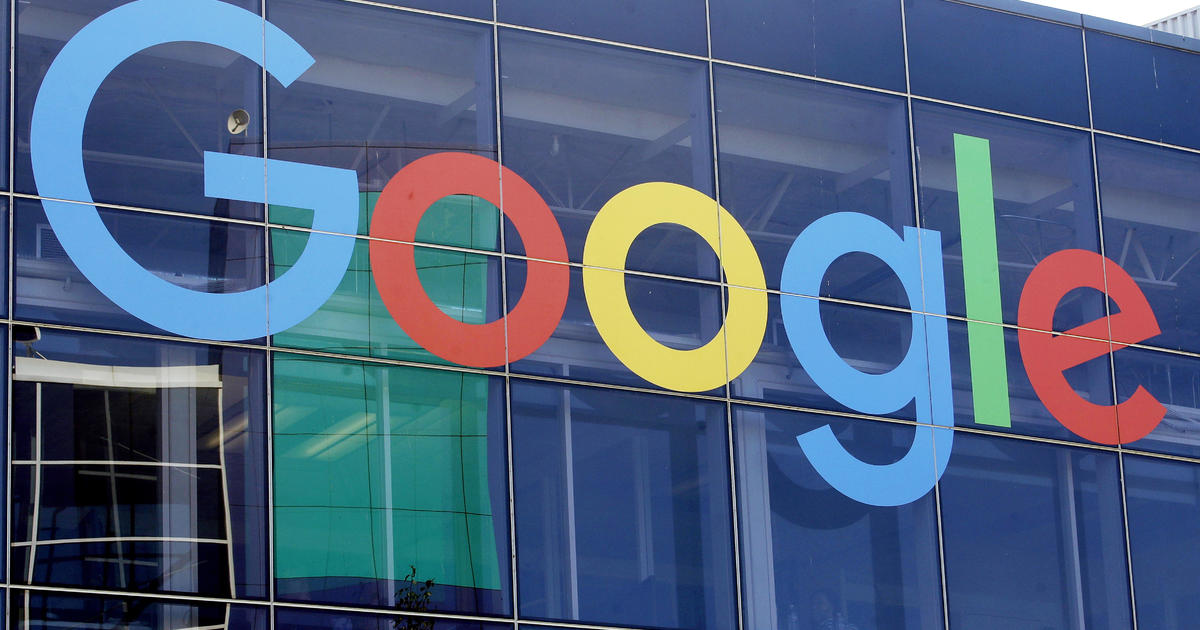Stanford Researchers Using 21st Technology To Unlock Ancient Mystery
PALO ALTO (CBS SF) -- At Stanford's Accelerator Laboratory, researchers generally spend their days trying to unlock the mysteries of sub-atomic particles not ancient Greek manuscripts.
But that's the mission they are currently engaged in -- unlocking the mysteries of a text written in syraic in the 6th century AD by the Greek medical philosopher Galen using the accerlator's potent high-tech x-ray.
The mystery of the text began hundreds of years after Galen's work was transcribed on a parchment. It seems that someone else needed something to write on so they just erased his work.
The x-rays are helping to resurrect Galen's words.
"(They) scraped it (Galen's writing) off, turned it 90's degrees, and over-wrote it with this book of psalms for days of the week," said Michael B. Toth, of R.B. Toth Associates who are working with the Stanford researchers.
As the x-rays hit the parchment, the past begins to emerge.
"We can essentially see the different elements in the different types of inks in the document itself, it's composition," said Dr. Nick Edwards of Stanford Synchrotron Radiation Lightsource.
From there, computers go to work enhancing the results. As if by magic, blue text emerges with pink text perpendicular to it. The pink text is the ancient Galen transcript, lost for centuries until now.
"It's amazing to think about what we can do today with new technologies that are being developed," Edwards said.
"Going from zeros and bits, back to what Galen inscribed on this hunk of goatskin back in the 1st century," Toth added.
It will take 12 hours to scan each side of the parchment.



